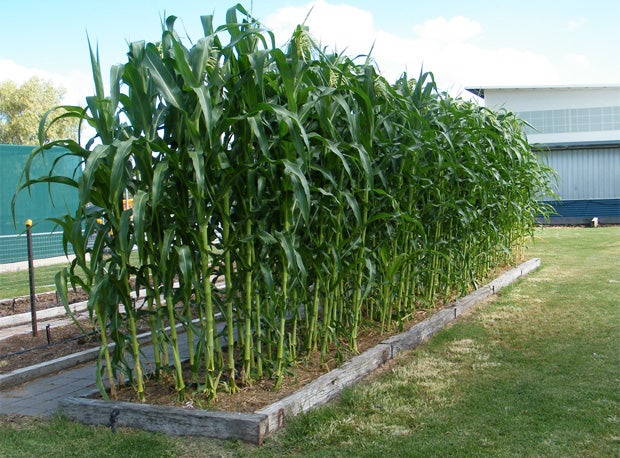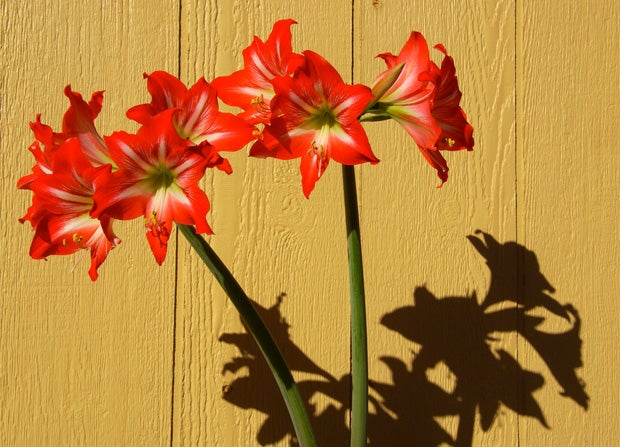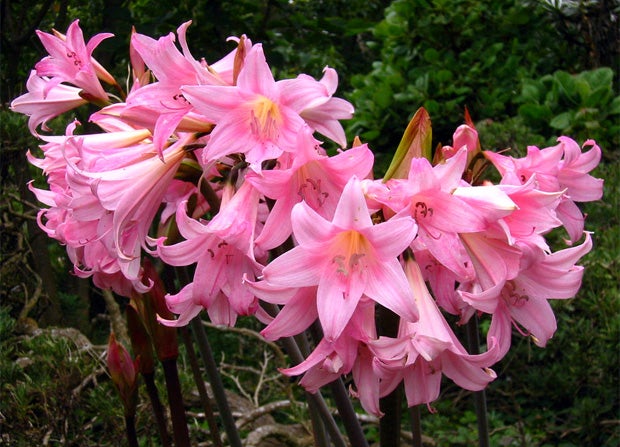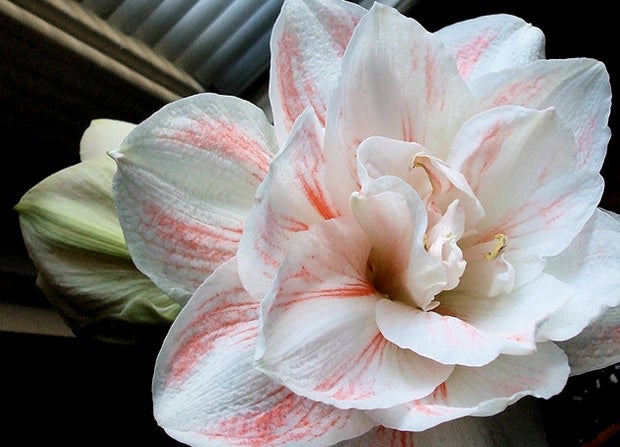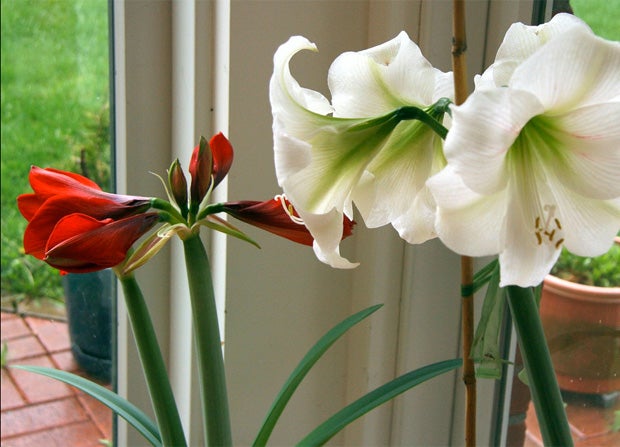Home grown sweet corn
ListenMike shares tricks to find out if slugs are sneaking into your garden, a better understanding of plantain weed, what to do when your neighbors use chemicals near your garden, what conditions dogwood trees need to thrive, why vines should not grow on your trees, how to put your garden to bed for the winter, and how to get the best yield from your home grown corn.
Question of the Week:
I have a question about urea. I understand what it is in its natural form, and I understand its effect on plants. I have been struggling to grow sweet corn the last few years and I’m sure the problem is the low nitrogen content of my soil. I have been adding compost, manure and leaf mulch but I just can’t seem to get enough nitrogen to the corn. I’ve been thinking of also using urea, but am concerned that it’s not as “organic” as suppliers would like you to believe; and I don’t want any chemicals in my garden. Is urea safe? If not, is there another source of nitrogen I can use?
— Dave in Carlisle, PA
How to grow sweet corn at home »
Highlights from show for August 24, 2013:
Identifying slug damage
Jack from Huntingdon, Pennsylvania found something attacking his favorite wildflower, butterfly weed, Asclepias tuberosa, but has not caught the culprit. Though he did not find any sign of a specific insect or creature, something is definitely eating the leaves and buds of his favorite flower. After running a quick assessment, Mike suspects Jack’s plant is being attacked by slugs: “On the next night when it’s not going to rain, at like 6:00 in the evening, I want you to crack open a beer — you’re welcome to taste the beer, to make sure it’s nice and fresh and yeasty — and then go out to the plant that’s affected and fill up little margarine tubs, little half pint containers with the fresh beer as the sun is going down and check them in the morning. There might be something about this area where slugs are hiding in a nearby mulch pile or something and escaping your attention, and they only come out late at night. They tend to retract and get out of the way before people get up in the morning. But they can’t resist yeast and they will crawl into the little beer traps and be drowned by the alcohol. And then if it is slugs, there’s like a million slug cures on our website. That’s my best thought — if you can’t see caterpillars, what you’re describing sounds like slug damage.”
“[Slugs] can’t resist yeast and they will crawl into the little beer traps and be drowned by the alcohol.”
Mike McGrath
-
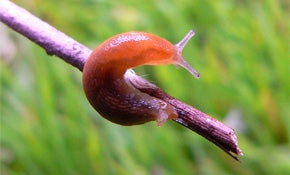
Photo by Flickr user JupiterSSJ4
Understanding plantain weed
Elizabeth from Princeton, New Jersey called in to follow up with Mike about a previous conversation about plantain — plantain the weed (or Plantago major), not plantain the banana. Elizabeth explains that after some research, she found that the broad-leaf weed was cultivated in pre-Columbus Europe; and Native Americans called it “the white man’s footprint,” because it seemed to follow European settlers. Elizabeth shares with Mike and listeners that with this weed: “You can eat the leaves in salad, you can eat the stems either raw or cooked, and you could roast the seeds.”
-

Plantain weed, Plantago major. Photo credit: Wikipedia
What to do when your neighbors use chemicals near your garden
Ellie from Huntingdon Valley, Pennsylvania is concerned about her vegetable garden after realizing her neighbor sprayed a chemical herbicide on his own property nearby. She asks Mike whether or not vegetables from her garden are now safe to eat. After Mike learns that the herbicide killed her neighbors’ plants as intended, and her garden appears to not have suffered similar damage, he suspects her garden is safe. Mike is additionally relieved to hear that it rained soon after her neighbor had sprayed, explaining: “When there’s possible contamination like this, if it had not rained, I would have wanted you to get out there and really keep saturating the area. Water the area, spray it down every morning. I mean, it’s just basic common sense — you’re just diluting [the herbicide].” Mike warns though that Ellie got lucky this time and encourages her to have a conversation with her neighbor about using chemicals near her garden.
Dogwood trees need morning sun and afternoon shade
Terry from eastern North Carolina is having trouble establishing his new pink flowering dogwood tree. Other dogwood trees on his property appear to be thriving, but this new tree loses its leaves quickly and almost appears dead by the end of the summer. Mike first mused that the tree could be victim to a virus that has lately been affecting dogwood trees. But after learning that Terry planted the tree in the middle of his yard where it receives full sun all day, Mike suspects the location is the issue: “Dogwoods are always going to suffer the further south they go, the more they desperately need afternoon shade. Dogwoods in the wild are understory plants, they don’t get a lot of sun and they really can’t stand broiling full sun. If your other trees are enduring that, I can’t explain why. A dogwood should always be planted high in the ground, should always be out in the open to get as much air circulation as possible to prevent these diseases from getting hold, and they need acidic soil, and they need a respite from the afternoon sun.”
“Dogwoods are always going to suffer the further south they go, the more they desperately need afternoon shade. Dogwoods in the wild are understory plants, they don’t get a lot of sun and they really can’t stand broiling full sun.”
Mike McGrath
-

Photo by Flickr user Mandy Jansen
Caring for amaryllis during dormancy
Becky from New Hope, Pennsylvania is heading off to college and bringing a few of her favorite plants with her, but is worried about the 30 amaryllis plants she’s leaving behind at home. Mike is happy to hear that it is the amaryllis bulbs that she chose to leave behind, as these require little to no maintenance until it’s their time to emerge. Mike explains: “Amaryllis bulbs, of course, are a perennial Christmas-time favorite. These bulbs are pre-programmed to flower as soon as they start to come out of the box and get watered again. Now amaryllis flowers — the flower stalk appears first, and then the flower stalk fades, you’re supposed to cut off the little seed pods that form, and then out come the green leaves, and that’s when you’re supposed to water and feed the plant and let it get nice sun to recharge the leaves. But right around this time of year is when you need to put the plants in storage, let them go dormant, give them the rest that they need to send up the new flower stalk.” Mike assures Becky that her plants will be safe with a hands-off treatment until she returns home at Christmas to bring these to bloom.
Slideshow below: Amaryllis
Removing vines from trees
Fred from Vermont is concerned about the vines growing on his trees. Some of these vines are thick — 1 to 3 inches in diameter — and he’s concerned that removing these vines could possibly upset some kind of ecosystem that has taken hold. Fred asks Mike whether this tree / vine relationship is in fact a healthy one. Mike responds that Fred is right and should remove the vines, explaining: “You don’t [upset the ecosystem], you’re saving the trees. … But you’re right, down at ground level they are competing for nutrients, so the solution is just to constantly keep cutting these vines off at ground level. You don’t even have to pull them out of the tree, you don’t have to dig them up — if you just cut the vine as it comes out of the ground, and you stay at that for an entire season, not allowing the vine to really develop any leafy growth, it’ll exhaust its root system, it’ll exhaust its energy down there and it’ll die. And of course the stuff in the tree will turn brown and kinda fall out or you can pull it out if it looks ugly.”
How to properly shut down your garden for winter
Joann from Cedar Rapids, Iowa wants to check in with Mike about her process of “putting the garden to bed” in the fall and whether or not she should be tilling her garden in the fall. She read this recommendation somewhere but she didn’t think it made sense. Mike agrees that her instincts are correct, saying: “That makes no sense for three reasons: First, every time you till your soil, you lose nutrients. The most ephemeral nutrient, and one of the most important nutrients in your soil is nitrogen. And when you mix up your soil and expose it to the atmosphere, a lot of that nitrogen goes and joins its nitrogen-essic cousins that are in the air we breathe. So you want to disturb your soil as little as possible to keep the nutrients in it. Second, tilling exposes weed seeds to light — the trigger for germination — and then buries them again as if you were planting them. So people who till have excessive weed problems compared to people who have built up a nice raised bed and just add compost and fresh soil to the surface every year. And third, shredded fall leaves, to me, are the ultimate way to close the circle of gardening. If you can collect and shred enough leaves in the fall, you have everything you need to protect your garden over winter, to have mulch ready for the following season, and to make compost. But when you bury those leaves — even shredded — you take them out of the atmosphere and you put them into an anaerobic system. When you bury them, the decomposition slows down to the slowest possible rate.”
WHYY is your source for fact-based, in-depth journalism and information. As a nonprofit organization, we rely on financial support from readers like you. Please give today.


